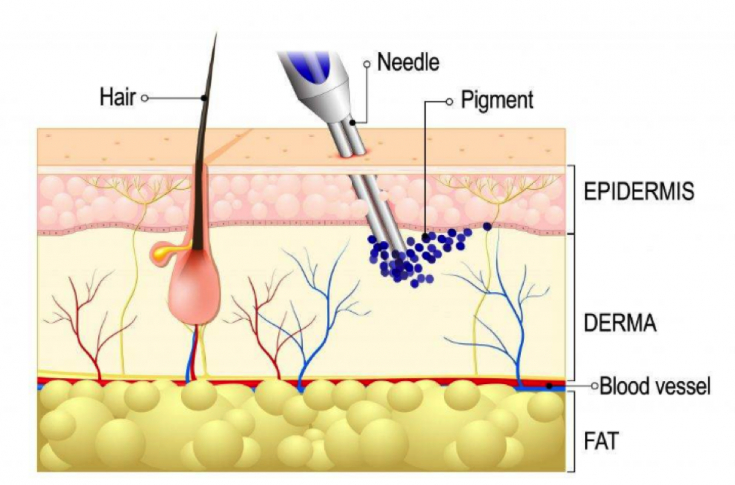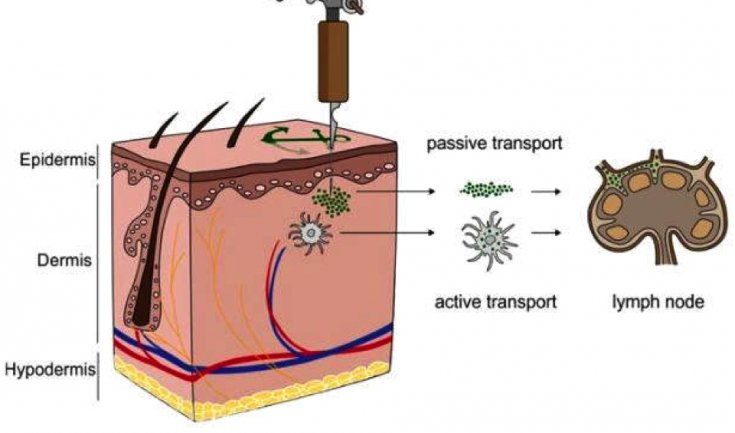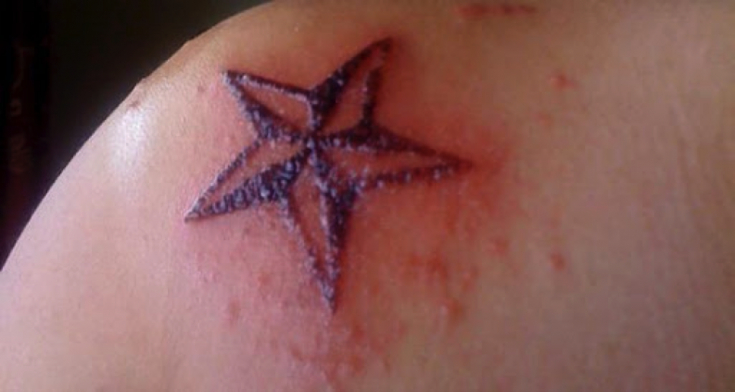Tattoos have become mainstream, especially among young people. However, little is currently known about the complex biochemical interactions that occur during intradermal tattoo ink injection. Few people pay attention to the consequences of the direct presence of ink in the skin, and this is no less important than compliance with aseptic rules.
At estet-portal.com read about the many problems associated with tattooing, the complex chemistry of tattoo inks, and the histological aspects of the intradermal presence of pigments.
- Tattoo ink: main varieties of tattoo pigments
- Chemical impurities in tattoo ink
- Basic tattoo complications
Tattoo ink: the main types of tattoo pigments
Tattoo ink is a suspension of an insoluble pigment and a solvent that evenly distributes the pigments in the liquid, preventing it from agglomerating.
Pigments are generally resistant to degradation by physical, chemical and biological agents, making the tattoo permanent.
The pigment content of the product varies greatly (often in the range of 10-30%). But there are inks containing up to 50% pigments.
Classification of pigments
By origin, pigments can be divided into three main groups:
- vegetable pigments;
- inorganic pigments;
- organic pigments.
Vegetable pigments are few, but the most commonly used black ink is based on this pigment – black coal.
Read also: Effective tattoo removal with Q-Switch laser
Inorganic pigments are mainly composed of minerals or their oxides. The most commonly used pigments are: graphite (grey),iron oxides (red-brown),titanium dioxide and barium sulfate (white or lightening darker shades).

Organic pigments are synthetically produced and account for 80% of all pigments used in tattooing. The most widely used pigments belong to the group of azo dyes. According to some studies, when azo dyes are cleaved by enzymes in the dermis, they can form carcinogenic compounds.
Chemical impurities in tattoo ink
Tattoo ink may contain chemical impurities, the most common of which are:
- PAHs (polycyclic aromatic hydrocarbons);
- PAA (primary aromatic amines).
PAH is a generic term for a polyaromatic combination resulting from the combustion of organic material.
Carbon black, the most commonly used pigment in tattooing, comes from incomplete combustion of coal tar and therefore may contain PAHs.
There are more than 100 different PAHs that pose a serious danger because they can significantly increase the risk of cancer.
Follow us on Facebook!
PAA may be present in tattoo ink during the manufacturing stage, or may be released through chemical or enzymatic degradation.
Other impurities may be represented by heavy metals such as lead, mercury, cadmium and chromium, the toxicity of which is widely known.

Pigment nanoparticles can reach the lymphatic system and therefore accumulate in regional lymph nodes.
Main tattoo complications
In the medical literature, complications associated with tattoos are generally divided into two broad categories:
- infectious complications;
- non-infectious complications.
Infectious complications
Due to tattoo artists' increased awareness of asepsis, infections are now more often caused by opportunistic pathogens.
Read also: Effective novelties in the treatment of common dermatological diseases
Another source of infection can be ink: reports have shown that up to 20% are not sterile.
Non-infectious complications
Non-infectious complications are allergic reactions.

Allergic reactions may occur months or years after the tattoo has been made. It's amazing long period of induction of sensitization.
The red pigments most commonly used in tattoos have the greatest allergenic potential.
Researchers have concluded that allergic reactions develop so slowly that they are unlikely to be caused by tattoo ink allergens, but rather due to >formation of haptens within the skin over several months or years.
More useful information on our YouTube channel:






Add a comment